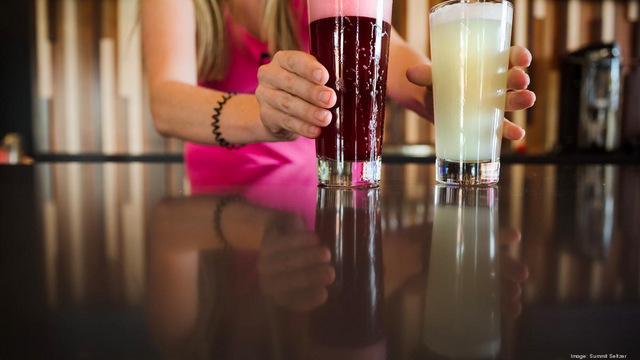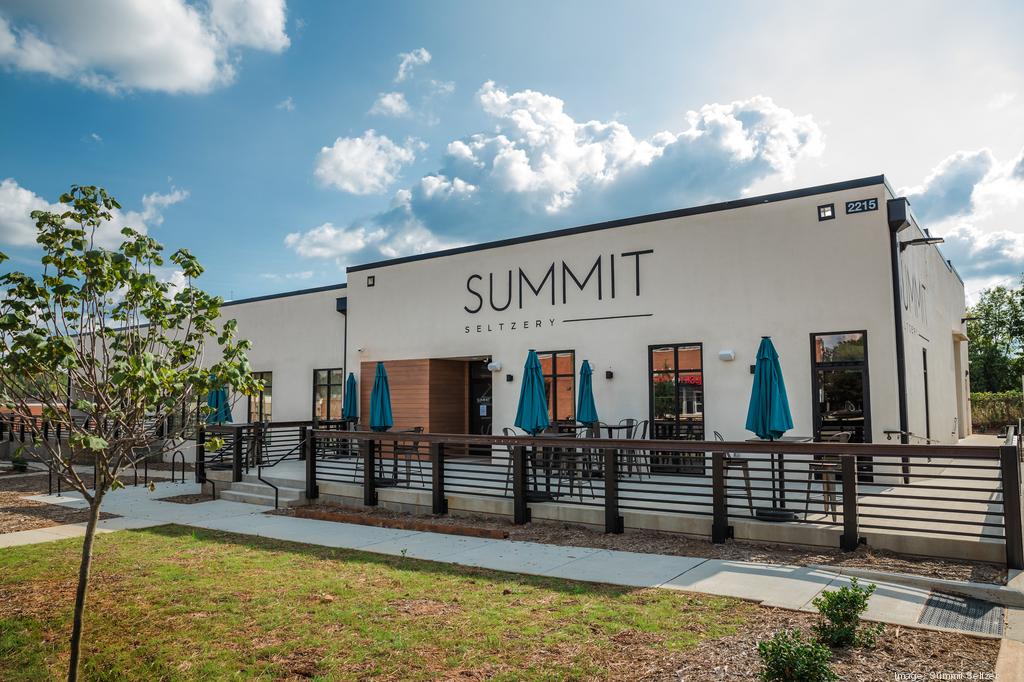Between virtual tastings and closed taprooms, the 2020s have already brought a wave of change to craft makers around the world. But some surprises can be found inside the bottle, too. Look no further than the surge of hard seltzer brands and craft spirits.
Hard seltzer and craft spirits have emerged as popular choices for millennials and Gen Z consumers, and they present interesting opportunities for craft makers. Here is a look at these fresh offerings and what they can mean for you.
Table of contents
It’s All About Choice
Customers love choices and trying new things. That quest for variety is what brought about the craft maker movement to begin with, and it has motivated breweries, cideries, wineries, and distilleries to keep experimenting.
The curiosity for seltzer began with the trend toward healthy living. In recent years, non-alcoholic seltzers such as LaCroix became compelling options for consumers who wanted fizz and flavor without the calories of soda and other sugary drinks. Craft makers turned that trend into opportunity, creating hard seltzers with as little as 70 calories. Most hard seltzer brands are also gluten-free, providing a new option for those consumers with allergies and intolerances that kept them away from beer.
For craft spirits, the narrative is one of resurgence and returning to liquor’s homegrown roots. Spirits have a strong regional and cultural connection — consider Bourbon country and moonshiners — that is well represented in today’s independent distilleries. Often produced in limited batches and aged for years on end, spirits also lend themselves to the nuance and storytelling of craft makers. A great-tasting product deserves a good story.
In addition to providing great taste, both hard seltzer and craft spirits are lanes that producers should consider exploring, especially as you look to offer customers the variety they’ve come to expect from the craft beverage market.
Alternative Beverages Are Here to Stay
It’s natural to wonder if any trend will last, but that seems to be the case with hard seltzer brands and craft spirits, which have both grown beyond their niche beginnings.
Hard seltzer, in particular, has been having a moment. As a market, it is valued at more than $4 billion and expected to grow rapidly, per Grandview Research. Most millennial drinkers consider hard seltzer as a separate category from beer and wine, and there is some evidence that hard seltzer is eating into the market share of beer and wine, according to Nielsen.
While hard seltzer has been a fast mover, the growth of spirits has been slow and steady. Up until the COVID-19 pandemic, the spirits industry as a whole had enjoyed a decade-long uptrend, with the highest growth concentrating on high-end and premium products, according to the Distilled Spirits Council of the United States.
Put simply, craft seltzer and spirits have grown past the point of novelty. Today, both have become more substantial markets, worthy of attention and investment.
It’s Okay to Lean In
Don’t worry — beer and wine aren’t going away. There seems to be substantial crossover between markets. For instance, Nielsen found that 75% of hard seltzer consumers also purchase beer. Instead, the future points to a more adventurous consumer, and that’s right in the wheelhouse of craft makers. The trend has also given life to new, innovative craft seltzer producers like Summit Seltzer, who took learnings from craft beer to create a community environment like a brewery, but with a different product offering.
In many cases, the pivot to producing hard seltzer or craft spirits isn’t that heavy a lift, given that many breweries and distilleries already pitched in to produce hand sanitizer for the pandemic response. Michigan brewery Odd Side Ales concocted a line of more two dozen seltzers. Today, the brewery plans to brew more barrels of seltzer than beer.
Today’s consumers aren’t bound to simply one type of alcohol. Producing an entirely new line of products can be a smart way to broaden your business and unleash your creativity.
Dream Up & Team Up
Hard seltzer brands, craft spirits, and similar products come with immense marketing potential for taprooms, tasting rooms, and off-premise sales. They also present opportunities for collaboration, whether it’s sharing knowledge or sharing barrels, like two Kentucky distilleries once did.
Collaboration is good for experiments because you benefit from double the creative juices. And these partnerships don’t have to come from within the brewing and distilling industry. Flagship Brewery of Staten Island recently worked with another local favorite, Ralph’s Ices, to create a hard seltzer variety pack. The pack sold out in just over a half hour.
Whether you take the plunge on hard seltzer or the next great craft spirit, don’t hesitate to invite others to join in on the action. After all, success is even more fun when it’s shared.



